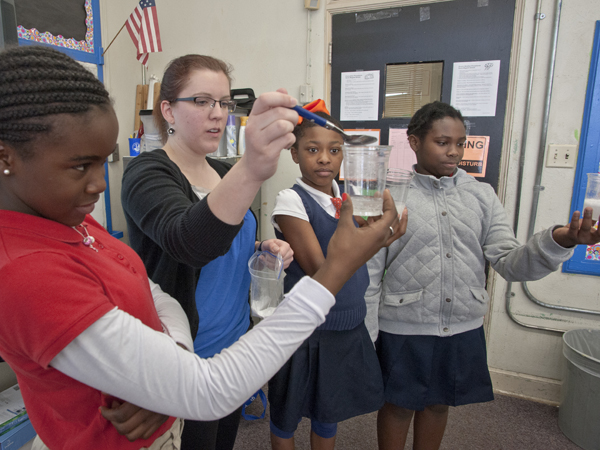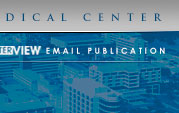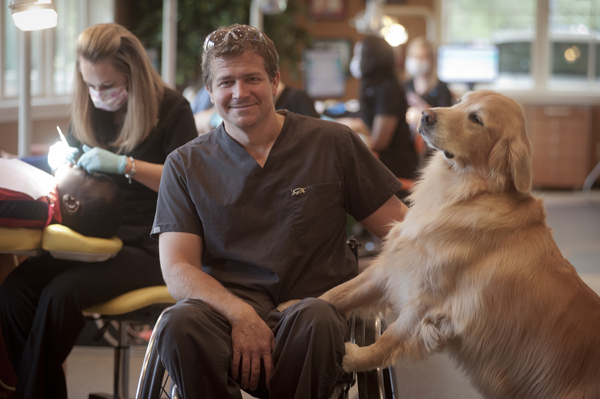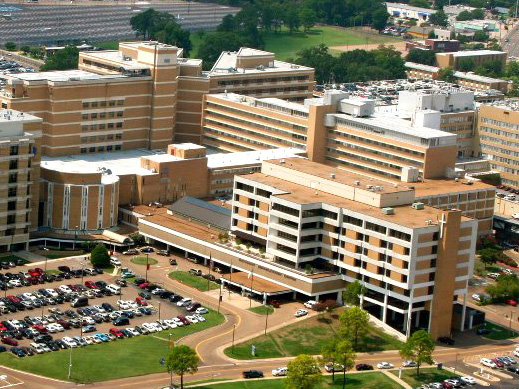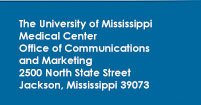|
What’s the difference between a mixture and a compound? What are the three parts of an atom? What’s a homogeneous substance? A heterogeneous substance? Fifth-graders at Davis International Baccalaureate (IB) Elementary in Jackson can tell you all about it. They learn about science not just from their classroom teachers, who heavily emphasize that subject, but from students in the School of Graduate Studies in the Health Sciences. Throughout the school year, future scientists such as Kristin Shirey, a graduate student and fourth-year doctoral student in biochemistry, visit all Davis classrooms in grades 3-5 once a month for 30 minutes to reinforce ongoing science lessons by giving them a fresh, hands-on twist. The initiative is called Project REACH, and the kids love it. The teachers love it. And, all benefit, including Shirey, who sees herself leading a classroom on the university level after graduation. “What kind of mixture is this?” Shirey last week asked a roomful of animated fifth-graders in Janet Wallace’s class. She held up a plastic cup filled with different sizes and brands of miniature candy bars. “Heterogeneous!” the kids shouted in unison. “That’s because it’s not uniform,” Shirey said.
|

